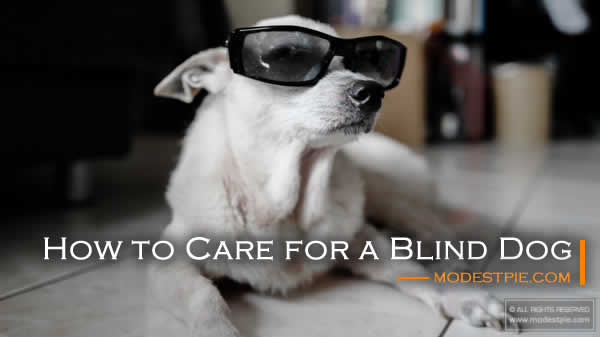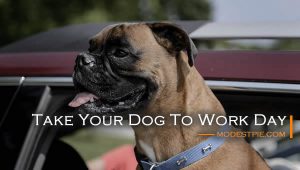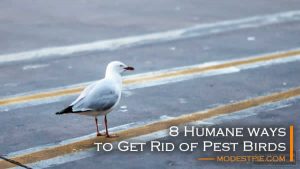Recently, my dog of 12 years lost her vision due to cataract on both eyes. It was an ailment that developed slowly over the last one year, starting with her left eye. Like their human companions, dogs too, go through deteriorating eyesight as they get older.
While dogs have been known to provide their services as “seeing eyes” for the blind, the reverse is not practicable. Still, there are many ways a pet owner can do that would make life more convenient and safer in caring for a blind dog at home.
Here are 5 items to consider and practise in how to care for a blind dog at home.
1Maintain Daily Routine and Allow Freedom to Roam
Blindness is not the end of the world for a dog. Its experience of sensing the world around it will be different for sure, but of its five senses, a dog’s sense of sight is its weakest compared to the other four. Loss of sight would lead a dog to rely more on its sense of smell and hearing.
You may be surprised to learn how well a blind dog is still able to navigate its way around the home. As such, do not think that a blind dog needs to be tethered for its own safety. Do not tie it up and restrict its daily activity, but allow it to continue to roam about freely. If you’re taking it out for walks, keep it on a short leash. In the house, keep the key items like its sleeping basket, food bowls and toilet areas at the same locations.
Our dog is completely blind now and bumps into kitchen cabinets and dining chairs, but she is still able to find her way to her food bowl and to the toilet to relieve herself. She now relies completely on her keen sense of smell and hearing to navigate her way around the house.
However, a blind dog may occasionally bump into or trip over objects at home…which brings us to the next item on our list.
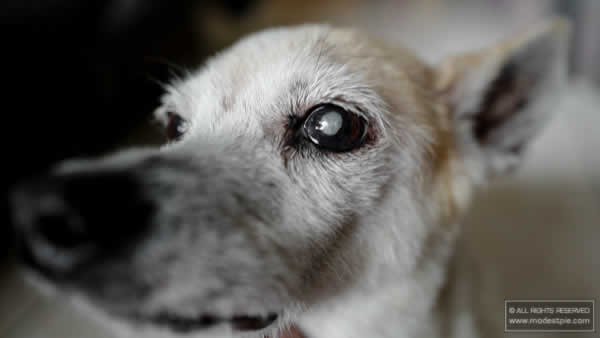
2Crouching Tiger Hidden Dragon
To help a blind dog move about safely at home, make sure it is out of harm’s way. Crouch like a tiger to the dog’s eye level and look out for hidden dragons…I mean, dangers. Sometimes these dangers are not apparent when we are walking about the home normally, but become obvious when we go down on all fours.
Sharp edges and unstable objects such as a leaning umbrella or pole, even if it is to a wall corner, should be removed. Any lying items such as shoes, books and cables that could cause your dog to trip over should also be kept away.
If you live in a multi-storey house, you may want to restrict your dog to the ground floor, or take precautions that the dog doesn’t ascend or descend on the stairs. If you feel confident enough that the dog may be able to move up and down the stairs safely on her own, be sure to try that out a few times first with your guidance. In any case, there shouldn’t be any gaps in the balustrade where the dog can accidentally fall off from a high level.
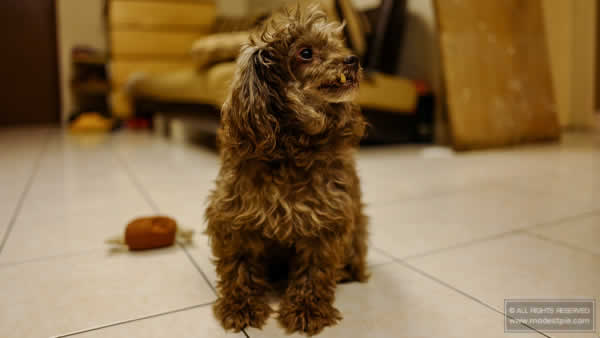
3Exercise Caution When Moving About at Home
Now that you are living with a handicapped companion at home, you will have to be more careful when walking about. Children will need to be taught how running could be dangerous to the dog as it won’t be able to respond or evade quickly enough.
Even we found that he had taken our dog’s quick response for granted, and had expected that she would still evade or move out of the way on her own when she could not.
A blind dog is now not going to evade you when it is in your path as you walk quickly towards it. Which brings us to the next item on the list…
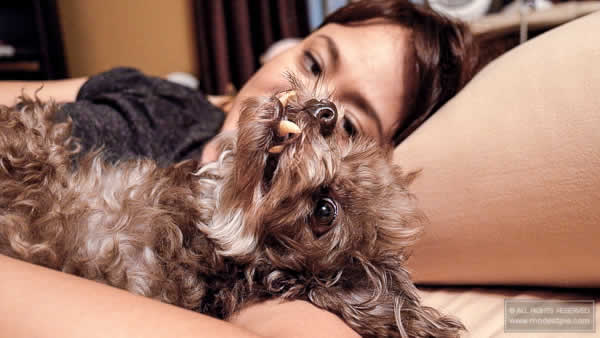
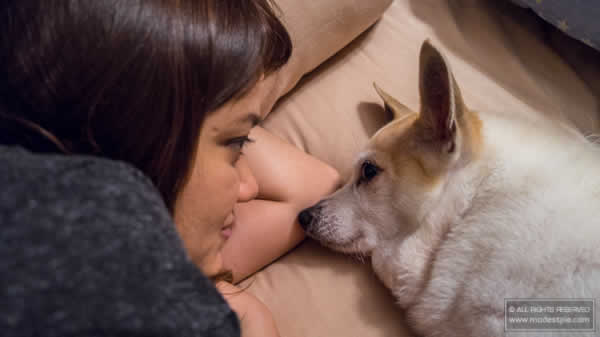
4Make Some Noise
Since a blind dog now relies on its sense of hearing more (after its sense of smell), you could make a bit of noise as you’re moving around the house. Whistle as you’re approaching a dog or when it is around. Wear an anklet that tinkles around a toddler’s ankle (or even on yourself) so that a blind dog knows when another person is close by.
It is always a good idea to approach a blind dog in a soft tone of voice as you are walking towards it and especially before you touch it, as the dog could be startled by a sudden touch from his home companions.
“Remember that a blind dog can also get defensive if it doesn’t know what or who is touching it suddenly, even though it has been living in the same household with the same people throughout its life.”
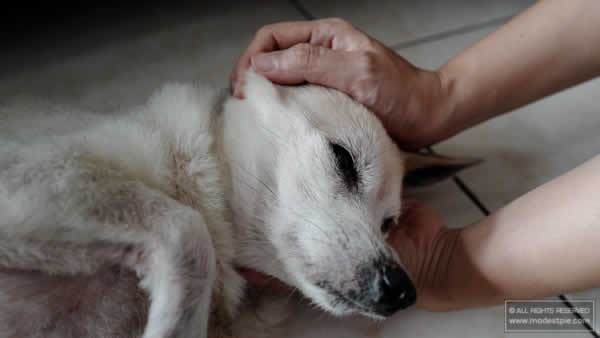
5Teaching Old (Blind) Dogs New Tricks
We don’t mean “fetch” or “roll over”, but a blind dog could be easily trained to learn a new verbal cue from its owners. In order to do this successfully, you will need to be vigilant in the initial stage and look out for your dog’s movement around the home.
As soon as you see a dog walking into an obstacle, and just before it makes contact with that obstacle, say in an abrupt tone (but do not yell) the words “ooopss”, “watch” or “danger”. In time, the dog will understand the cue to mean that it is about to knock into an obstacle, and you can use this cue to warn it of any obstacle ahead later on, in or out of the home. It is best that you use only one and the same word so as not to confuse the dog.
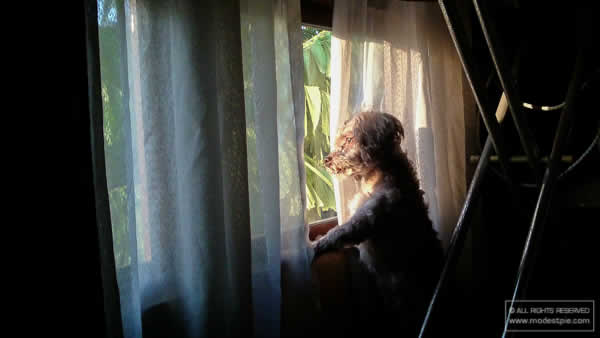
Caring for a Blind Dog
Deteriorating eyesight is quite a common occurrence for the ageing dog, but they usually cope and adapt very well with this ailment. The common conditions that lead to visual impairment in dogs are cataractA medical condition in which the lens of the eye becomes progressively opaque, resulting in blurred vision or blindness., glaucomaA condition of increased pressure within the eyeball, causing gradual loss of sight. and retinal degeneration. Note that in some cases, what appears to be cataract could be mistaken as lenticular sclerosis, as they both show the same symptom of a white, milky appearance over the pupil. Through a standard eye examination, your vet would be able to determine the difference.
Some pet owners may also choose to have their dogs treated by a veterinary ophthalmologist, but these treatments are usually very expensive, and its cost and efficacy may need to be weighed against the dog’s age taken into consideration. For anyone who wishes to explore this option, the best place to start would be to find a veterinary ophthalmologist at your locality via the American College of Veterinary Ophthalmologists, or simply via a Google search.
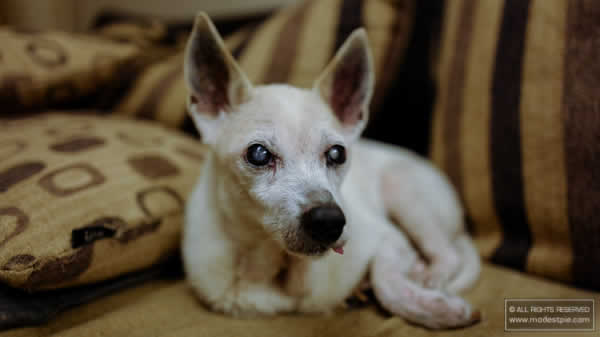
If your dog still has its sense of sight, it may be a good idea to take preventive measures. Beta carotene in particular, can help to keep a dog’s eyesight in good shape. This could be introduced into your dog’s diet by including cooked or boiled diced or baby carrots.
Some commercial dog food are specially formulated with beta-caroteneThe red-orange pigment found in plants and fruits, especially carrots and colourful vegetables, that is important in the diet as a precursor of vitamin A which is essential for healthy skin and mucous membranes, the immune system, and good eye health and vision. Beta-carotene is found in carrots, peas, sweet potatoes, spinach and broccoli. (see below) to help promote healthy vision in dogs.
SEE ALSO:
- KetoNatural – Changing the Pet Food Industry
- Pet Health CBD Tincture for Dogs and Cats
- DERMA-iONX – Natural Relief from Skin Irritation for all Pets
- ARTHRO-iONX – Natural Relief from Joint and Mobility Pains for all Pets

